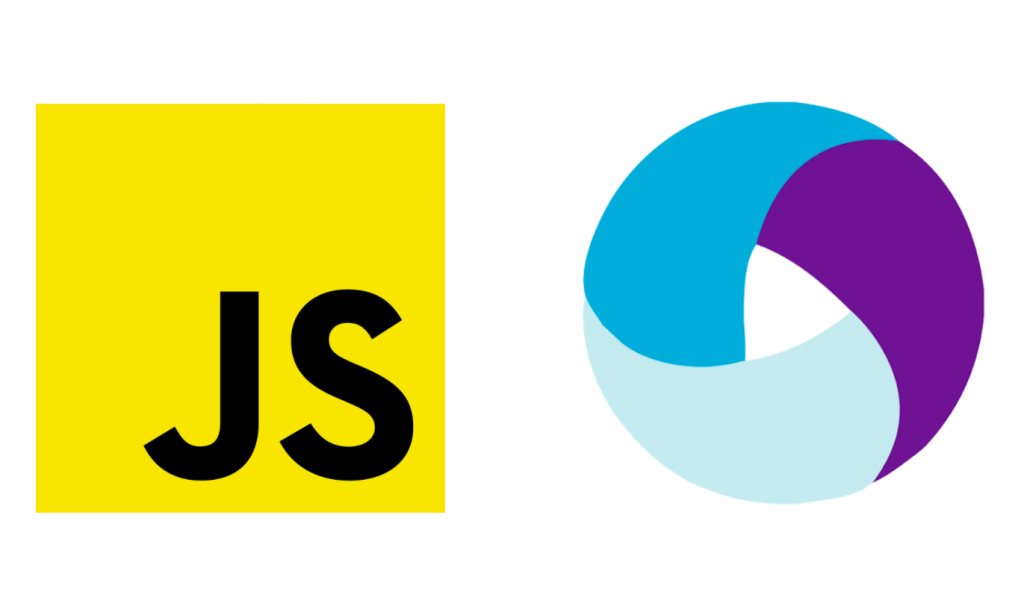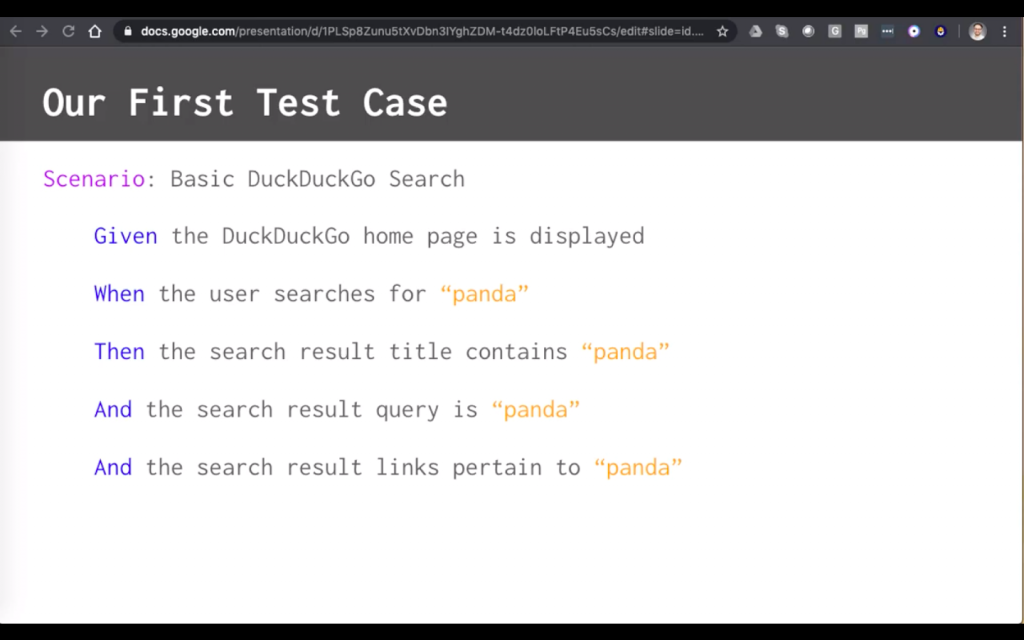What do you do when you have lots of free time on your hands? Why not learn test programming strategies and approaches?
When you’re looking for places to learn test programming, Test Automation University has you covered. From API testing through visual validation, you can hone your skills and learn new approaches on TAU.
We introduced five new TAU courses from April through June, and each of them can help you expand your knowledge, learn a new approach, and improve your craft as a test automation engineer. They are:
These courses add to the other three courses we introduced in January through March 2020:
- IntelliJ for Test Automation Engineers (3 hrs 41 min)
- Cucumber with JavaScript (1 hr 22 min)
- Python Programming (2 hrs)
Each of these courses can give you a new set of skills.
Let’s look at each in a little detail.
Mobile Automation With Appium in JavaScript
Orane Findley teaches Mobile Automation with Appium in JavaScript. Orane walks through all the basics of Appium, starting with what it is and where it runs.

“Appium is an open-source tool for automating native, web, and hybrid applications on different platforms.”
In the introduction, Orane describes the course parts:
- Setup and Dependencies — installing Appium and setting up your first project
- Working with elements by finding them, sending values, clicking, and submitting
- Creating sessions, changing screen orientations, and taking screenshots
- Timing, including TimeOuts and Implicit Waits
- Collecting attributes and data from an element
- Selecting and using element states
- Reviewing everything to make it all make sense
The first chapter, broken into five parts, gets your system ready for the rest of the course. You’ll download and install a Java Developer Kit, a stable version of Node.js, Android Studio and Emulator (for a mobile device emulator), Visual Studio Code for an IDE, Appium Server, and a sample Appium Android Package Kit. If you get into trouble, you can use the Test Automation University Slack channel to get help from Orane. Each subchapter contains the links to get to the proper software. Finally, Orane has you customize your configuration for the course project.
Chapter 2 deals with elements and screen interactions for your app. You can find elements on the page, interact with those elements, and scroll the page to make other elements visible. Orane breaks the chapter into three distinct subchapters so you can become competent with each part of finding, scrolling, and interacting with the app. The quiz comes at the end of the third subchapter.
The remaining chapters each deal with specific bullets listed above: sessions and screen capture, timing, element attributes, and using element states. The final summary chapter ensures you have internalized the key takeaways from the course. Each of these chapters includes its quiz.
When you complete this course successfully, you will have both a certificate of completion and the code infrastructure available on your system to start testing mobile apps using Appium.
Selenium WebDriver With Python
Andrew Knight, who blogs as The Automation Panda, teaches the course on Selenium WebDriver with Python. As Andrew points out, Python has become a popular language for test automation. If you don’t know Python at all, he points you to Jess Ingrassellino’s great course, Python for Test Programming, also on Test Automation University.

In the first chapter, Andrew has you write your first test. Not in Python, but Gherkin. If you have never used Gherkin syntax, it helps you structure your tests in pseudocode that you can translate into any language of your choice. Andrew points out that it’s important to write your test steps before you write test code — and Gherkin makes this process straightforward.

The second chapter goes through setting up a pytest, the test framework Andrew uses. He assumes you already have Python 3.8 installed. Depending on your machine, you may need to do some work (Macs come with Python 2.7.16 installed, which is old and won’t work. Andrew also goes through the pip package manager to install pipenv. He gives you a GitHub link to his test code for the project. And, finally, he creates a test using the Gherkin codes as comments to show you how a test runs in pytest.
In the third chapter, you set up Selenium Webdriver to work with specific browsers, then create your test fixture in the pytest. Andrew reminds you to download the appropriate browser driver for the browser you want to test — for example, chromedriver to drive Chrome and geckodriver to drive Firefox. Once you use pipenv to install Selenium, you begin your test fixture. One thing to remember is to call an explicit quit for your webdriver after a test.
Chapter 4 goes through page objects, and how you abstract page object details to simplify your test structure. Chapter 5 goes through element locator structures and how to use these in Python. And, in Chapter 6, Andrew goes through some common webdriver calls and how to use them in your tests. These first six chapters cover the basics of testing with Python and Selenium.
Now that you have the basics down, the final three chapters review some advanced ideas: testing with multiple browsers, handling race conditions, and running your tests in parallel. This course gives you specific skills around Python and Selenium on top of what you can get from the Python for Test Programming course.
#tutorial #performance #testing #automation #test automation #automated testing #visual testing #visual testing best practices #testing tutorial
